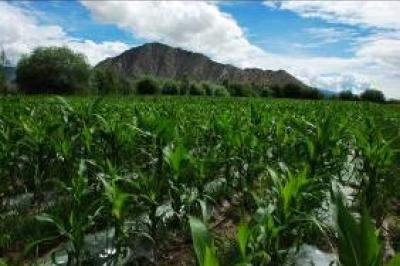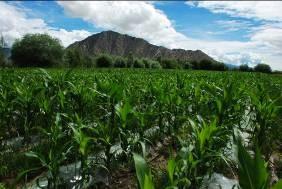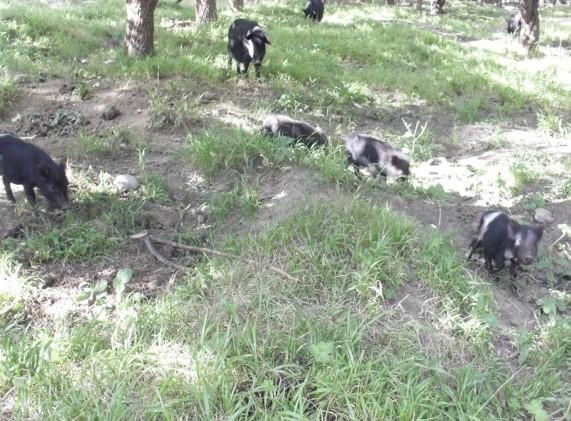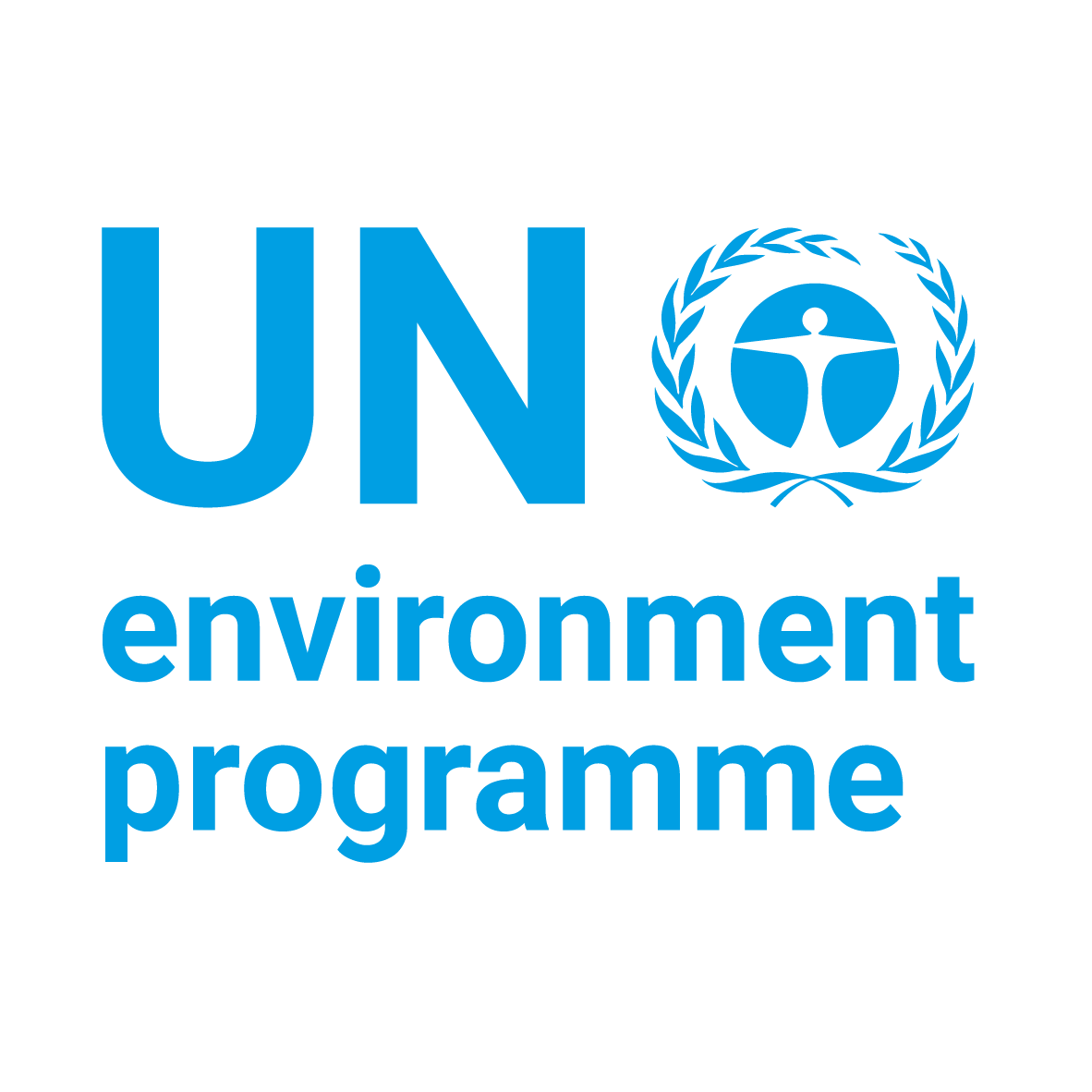The region of Tibet in Southwest China is located on the Qinghai-Tibet Plateau, the highest and largest plateau in the world with an average elevation of over 4,000 m and an area of 1.2 million km2. It is extremely vulnerable to climate change. In recent decades, average temperature and precipitation has increased regionally, while locally southern Tibet has observed a decrease in precipitation. The changing climate has caused shrinking permafrost and wetlands as well as impacts on alpine grassland, farmland and forest on which most people rely heavily. Moreover, poverty further exacerbates the sensitivity of local people to climate impacts.
This project targeted three villages in Tibet and aimed to increase the household’s income by improving ecosystem services and local capacity to manage their natural resource-based livelihoods. The interventions included: i) improving agricultural techniques; ii) building integrated farming-grazing technology systems; iii) establishing community-based cooperatives and industries; and iv) training. This project successfully helped the villages in the aspects of economy, ecology, livelihoods and human capacity, among others, and all of those contributed positively in adapting to climate change.
Key lessons
- Improvement of ecosystem services
- For farming systems in Tibet: Multiple cropping in August to September and mixed seeding are two ways of increasing the productivity of croplands.
- For grazing systems in Tibet: First, in order to restore degraded grassland, seed selection of forage works more effectively than building irrigation systems due to the seasonally concentrated precipitation. Second, fencing with shallow tillage or without tillage is an optimized management method that could increase the productivity of forage cropland and also reduce the loss of carbon storage. Third, forage-feeding is a supplement of grazing. It helps in reducing the pressure of grazing pastures.
- For farming-forestry-grazing systems: Models of ‘raising geese in corn farmland’ and ‘raising Tibetan pigs in the understory of forest’ could increase the productivity of related ecosystems. Corn farmlands without fertilizer or pesticide may reduce the productivity of corns but would improve the ecological function and maximize profits from the integrated system.
- Livelihood diversification
- Diversified livelihoods could help to adapt to climate change. In Bailang village, it developed the model of ‘when rain is ample, sell forage; when drought occurs, feed sheep’. These two livelihoods help locals deal with different weather patterns.
- Establishment of cooperatives
- Establishing cooperatives is an important method that helps improve livelihoods of the communities by diversifying their livelihood options with consideration of traditional local knowledge, creating more profits by selling their products directly to the customers, and building social connections. These benefits are important to reduce the vulnerability to the impacts of climate change for locals.
- Cooperatives also have their own risks. According to the experience of Jina village, a good cooperative relies on its managers and the management of risk from the market. Therefore, improving the human capacity and the mechanisms of training are important for the development of cooperatives.










